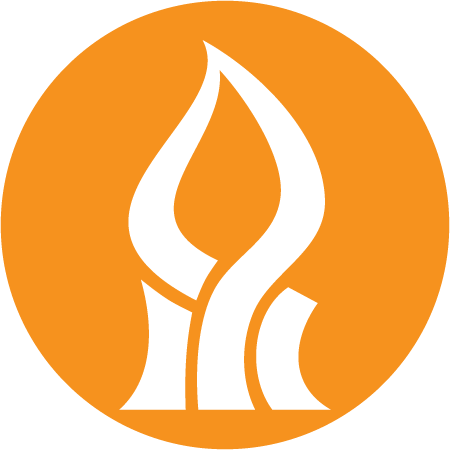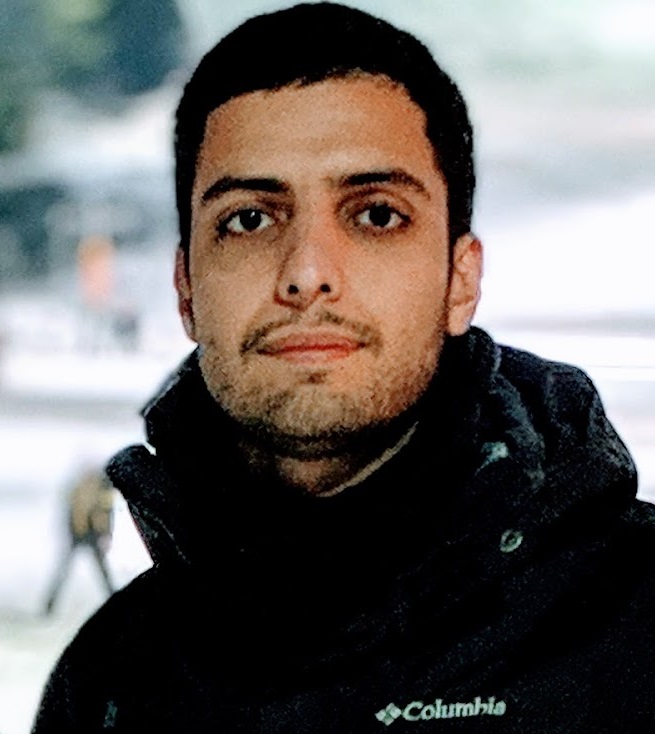
Tal Barami
Ph.D. student in the department of computer science at Ben Gurion University of the Negev. Researcher, interested in solving graphics and vision problems with algorithms and data.

Education


Computer Science, M.Sc.
Ben-Gurion University of the Negev
Advisors: Prof. Ilan Dinstein, Prof. Andrei Sharf

Software Engineering, B.E.
Ben-Gurion University of the Negev
Publications & Projects:
Automated Analysis of Stereotypical Movements in Videos of Children With Autism Spectrum Disorder
Tal Barami, Liora Manelis-Baram, Hadas Kaiser, Michal Ilan, Aviv Slobodkin, Ofri Hadashi, Dor Hadad, Omri Azencot, Andrei Sharf, Ilan Dinstein
We introduce ASDMotion, an open-source algorithm and dataset designed to automatically detect and quantify stereotypical motor movements (SMMs) in videos of children with Autism Spectrum Disorder (ASD). Trained on the largest clinical video dataset of its kind, ASDMotion achieves over 92% recall and strong correlation with expert annotations—enabling objective, scalable, and high-throughput SMM quantification. This tool empowers both basic research and clinical applications by offering new insights into a core symptom of ASD.
Using computer vision to quantify facial expressions of children with autism during naturalistic social interactions
Liora Manelis, Tal Barami, Ilan Dinstein
This project explores the use of automated facial analysis algorithms to quantify facial expressions in young children with autism during naturalistic social interactions. We analyzed over 5 million video frames from 100 children (aged 2–7), recorded during ~45-minute clinical assessments (ADOS-2). Facial expressions were extracted using three leading algorithms/packages—iMotions, FaceReader, and Py-Feat—and compared across diagnostic groups and software tools. Despite algorithmic differences, all tools showed no significant difference in the amount of facial expressions between autistic and typically developing children. This suggests that facial expression difficulties in autism may relate more to quality, timing, or social context than to quantity alone. Our findings highlight a critical need for more reliable, open-source facial analysis tools specifically trained on young children in real-world settings. This work is a step toward scalable, objective tools for studying non-verbal communication in autism.
Neural Approaches for 3D Pose Estimation from 3D Data
Gali Hod, Tal Barami, Michael Kolomenkin
We present two novel, open-source methods for human pose estimation directly from 3D point clouds and meshes, enabling accurate reconstruction of body joints for use in creative, clinical, and interactive applications. Unlike classical approaches, our methods are fully differentiable and designed to integrate seamlessly into modern deep learning pipelines. One approach uses body-part segmentation for skeleton construction; the other directly estimates joint positions using a PointNet++-based neural network.
Sensperience: A Virtual Reality Journey Through Altered Perception
Tal Barami, Liza Fridman, Carmel Lederer, Boaz Krysler
Sensperience is an immersive virtual reality application designed to let users explore and experience a wide range of altered sensory realities. The system combines a VR headset with a Geomagic haptic device, creating a fully interactive, multi-sensory environment that can be entirely controlled and customized by the developer. Users are guided through a series of simulated scenes, each engineered to manipulate and challenge specific human senses. These scenarios include experiences such as complete darkness, underwater immersion, vertigo, zero gravity, and interaction with varied textures—all designed to evoke different perceptual and physical responses. The result is a holistic simulation platform that provides both visual and tactile feedback, enabling applications in education, therapy, training, and entertainment. Sensperience offers developers a unique sandbox to create and experiment with customized sensory manipulations in a controlled, virtual setting.
Professional Experience
Researcher
Playtika
2021 — 2022: Playtika Research Group: Pursued the field of feature disentanglement in generative methods for 3D modeling. Developed a segmentation-based method for 3D pose estimation.
2019 — 2021: Data Scientist: Developed models for uplift modeling and churn predictions, as well as internal tools for the automation of research phases such as data acquisition, modeling, analysis, and evaluation.
Software Engineer
Mentor Graphics
2016 — 2018: Development and maintenance of features for some of the company's top products. Both handle production-line management for large-scale factories around the globe.

 +972-52-5242728
+972-52-5242728